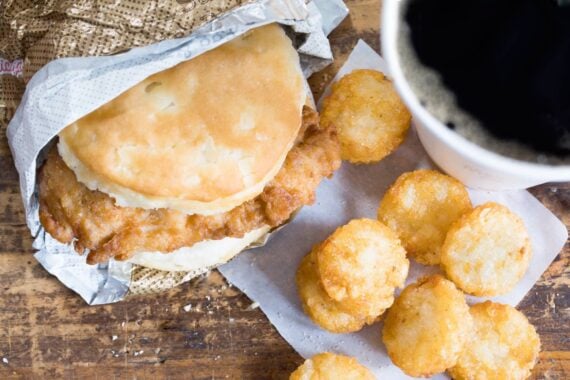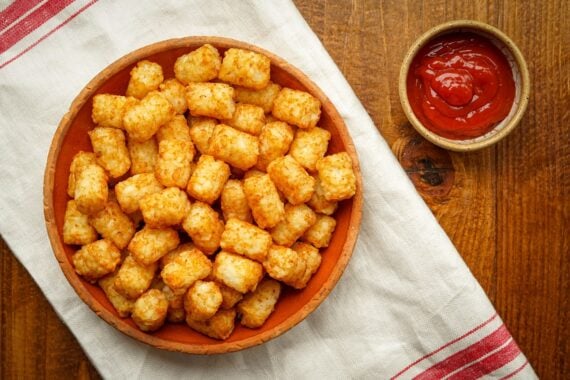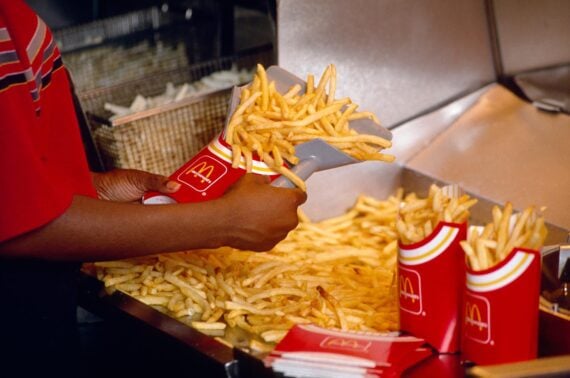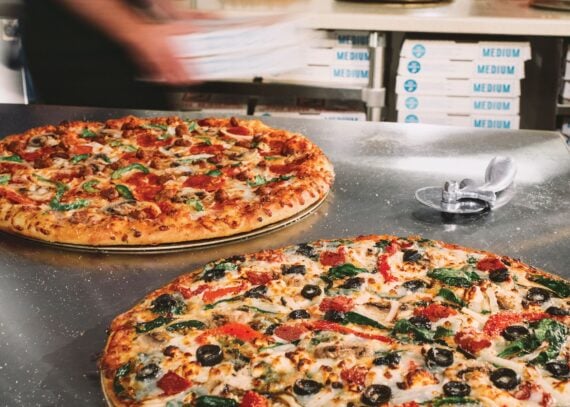The idea that the foods you eat can fire up desire has been around for centuries. Unfortunately, there isn’t much evidence to back that up. Regular exercise and a good night’s sleep are more likely to get you in the mood for love, but it can’t hurt to consider that diet might play a role. Here are more than a dozen foods that claim to be natural aphrodisiacs.
1. Maca
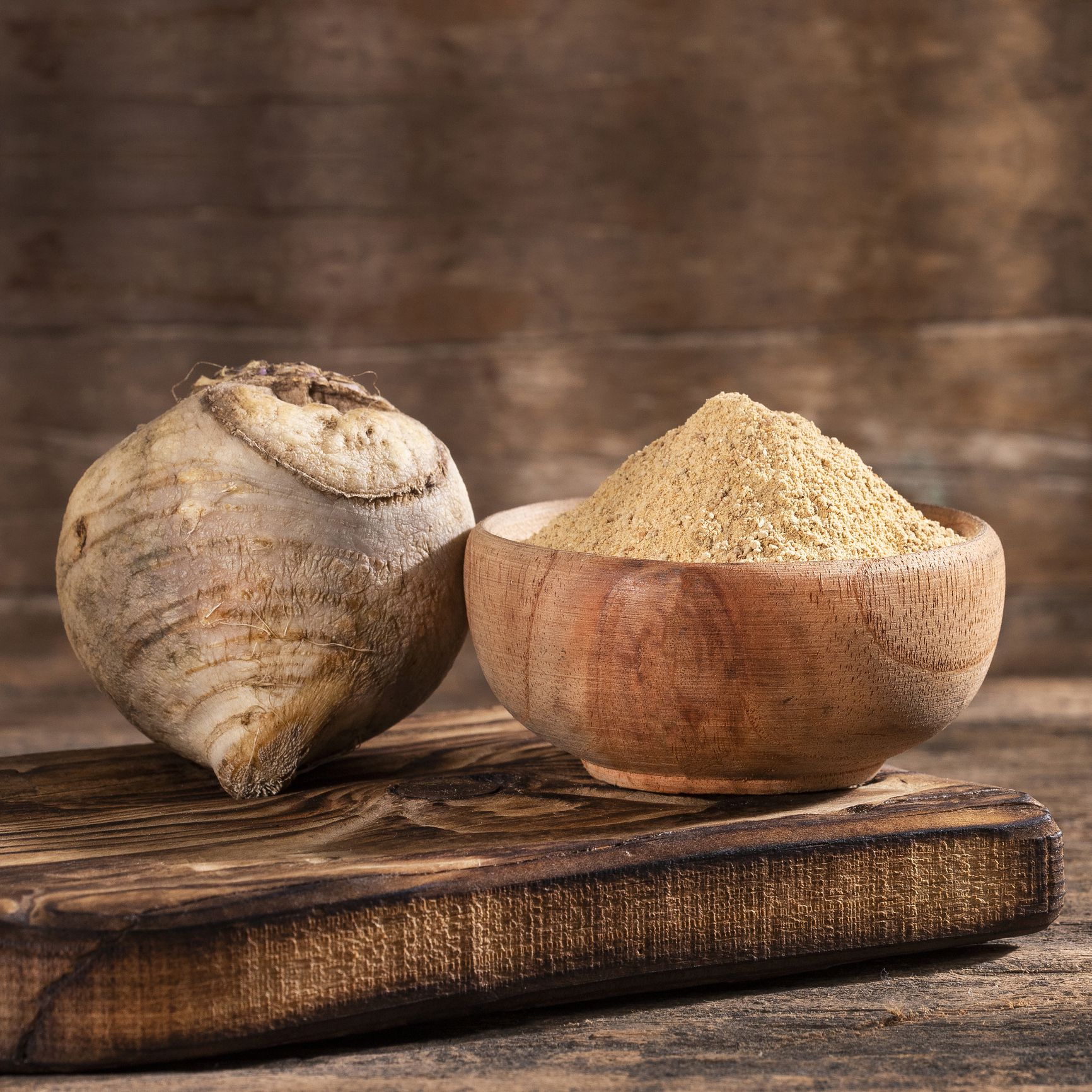
Though some studies have shown that this Peruvian root might be able to increase desire, the claims have been downplayed by scientists. Still, maca is considered a superfood and commonly used in powder form in the U.S., aphrodisiac or not.
2. Oysters
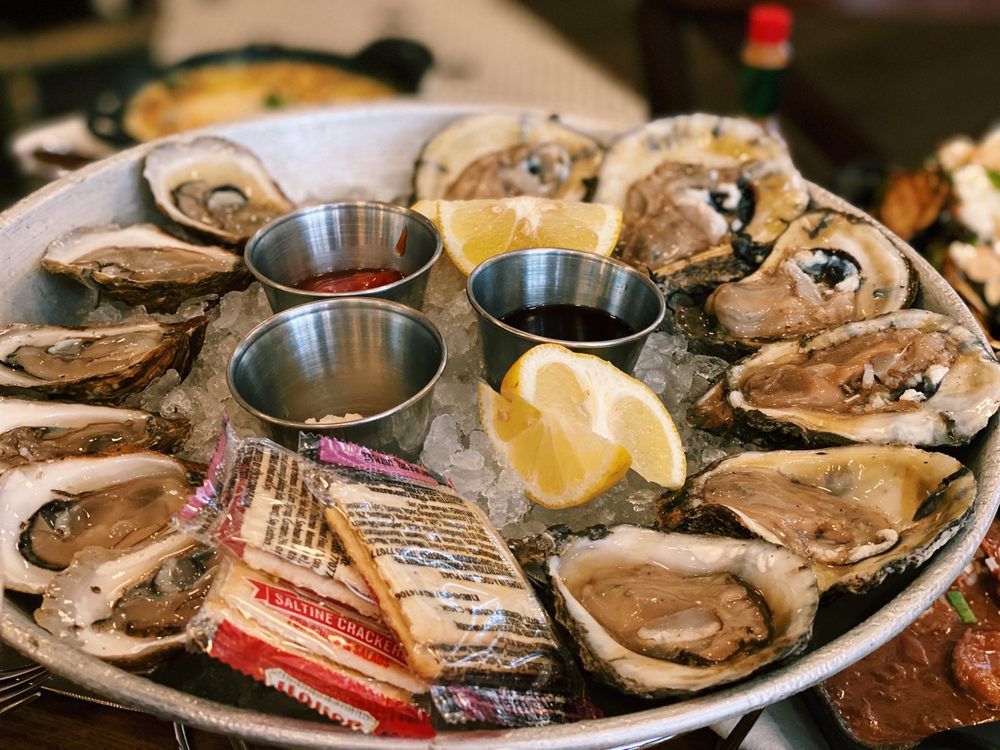
While the jury is still out on whether oysters are actually an aphrodisiac, they are pretty good for you. The bivalves are high in zinc, which can boost testosterone levels and amp up dopamine, known as the “feel-good” hormone. Will it make you randy? Hard to say, but you might feel good anyway.
3. Dark Chocolate
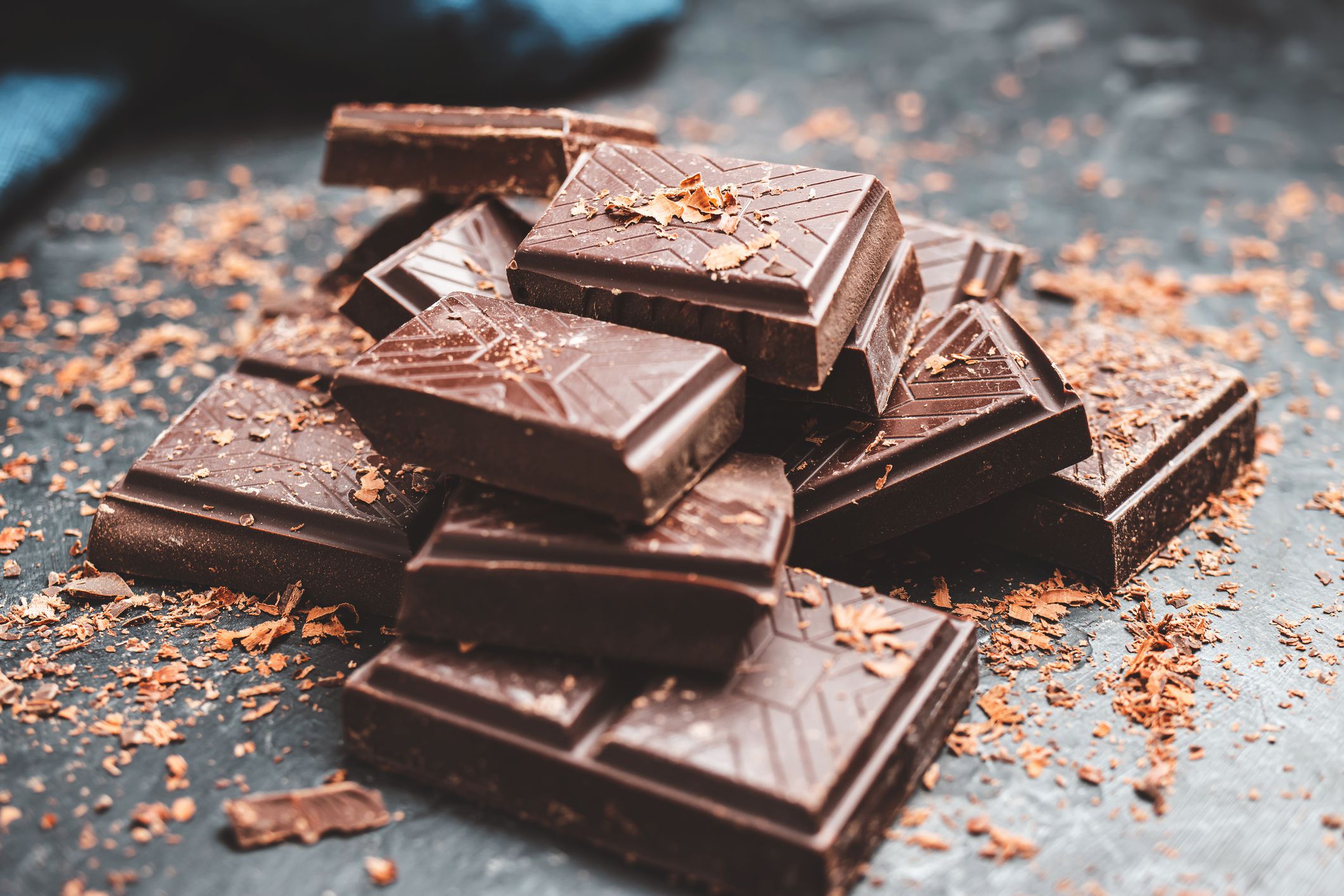
If you need another excuse to eat dark chocolate, it does have some components that boost your mood. The food contains the amino acid L-arganine, which can dilate your blood vessels and increase blood flow. Dark chocolate also has quercetin, which can improve blood circulation.
Chocolate has a lengthy reputation as a romance driver. The ancient Aztecs turned to cocoa powder to rev their engines, and Montezuma, the ninth emperor of the Aztec empire, is said to have relied on it for his love life. However, you likely aren’t eating enough dark chocolate to see results.
Want more health and wellness tips? Be sure to sign up for our free newsletter.
4. Ginseng
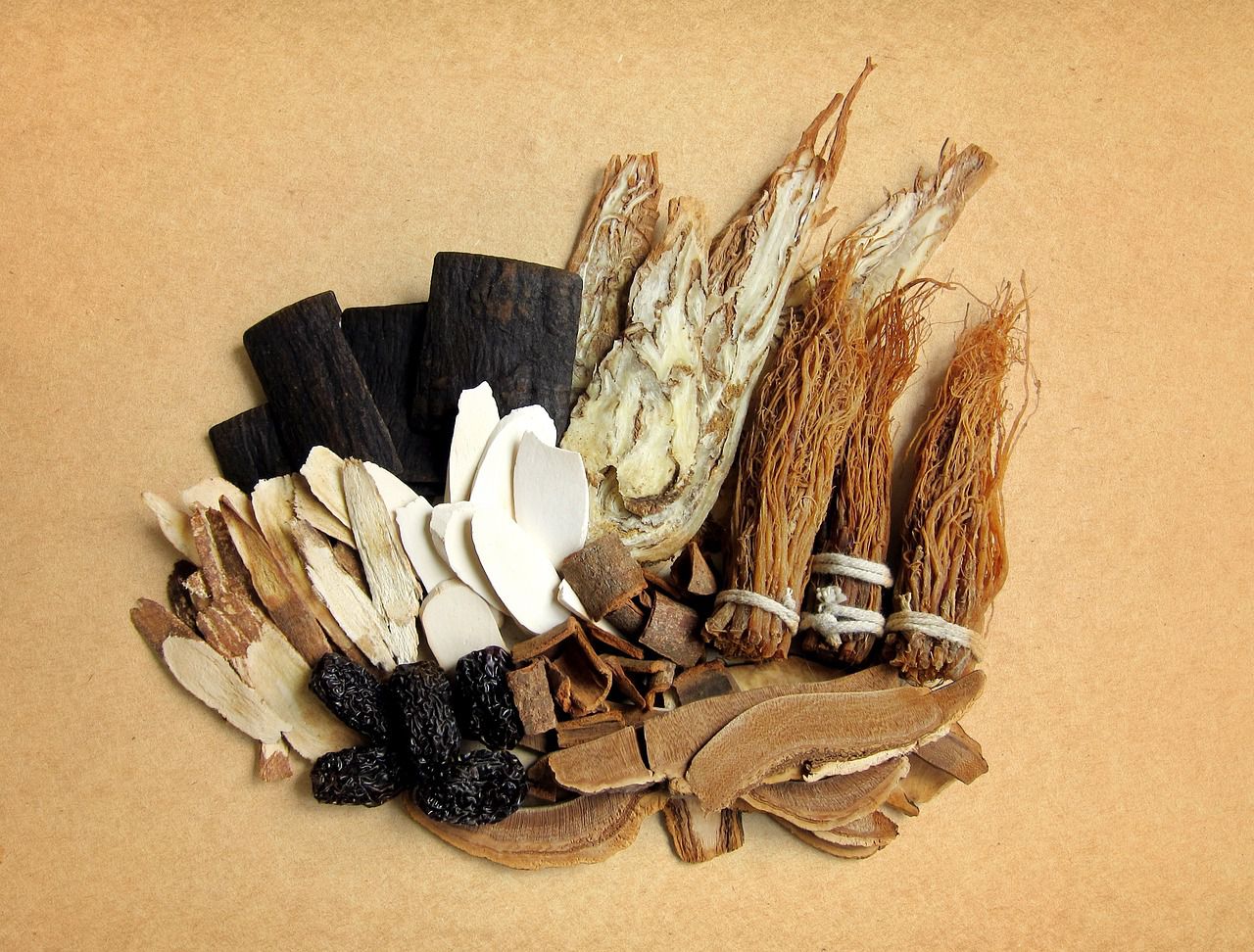
Frequently sought out in China, ginseng is used in traditional Chinese medicine to improve sperm quality and help a man keep an erection. It’s also considered an adaptogenic, which means it helps people resist stress and enhance physical performance.
5. Chili Peppers
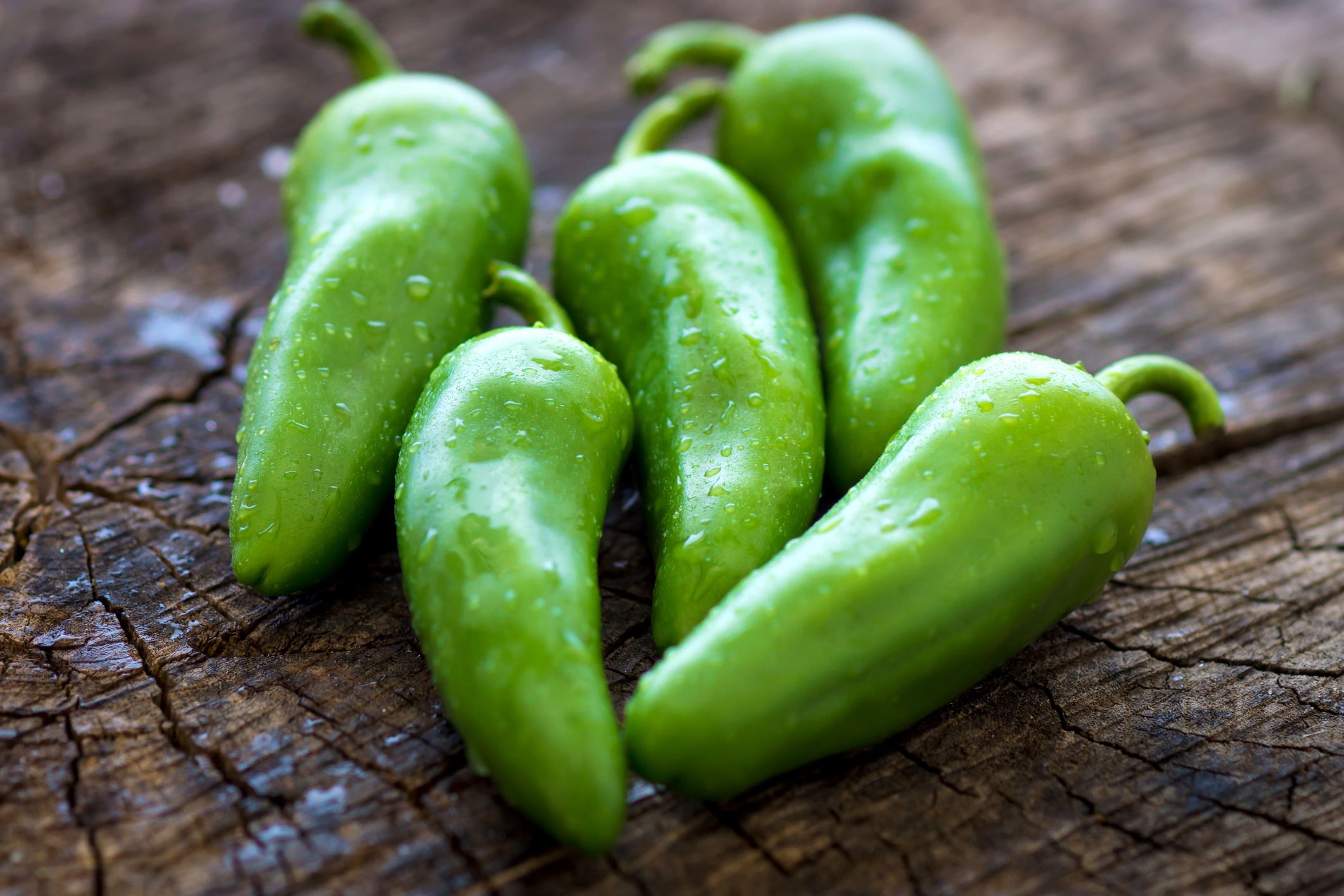
It makes sense that peppers are considered an aphrodisiac: Capsaicin, which is what makes chili peppers hot, supposedly boosts testosterone while increasing libido. Your heart rate also rises when you eat spicy food. But if you’re in pain, do you really want to get jiggy with it?
Trending on Cheapism
6. Watermelon
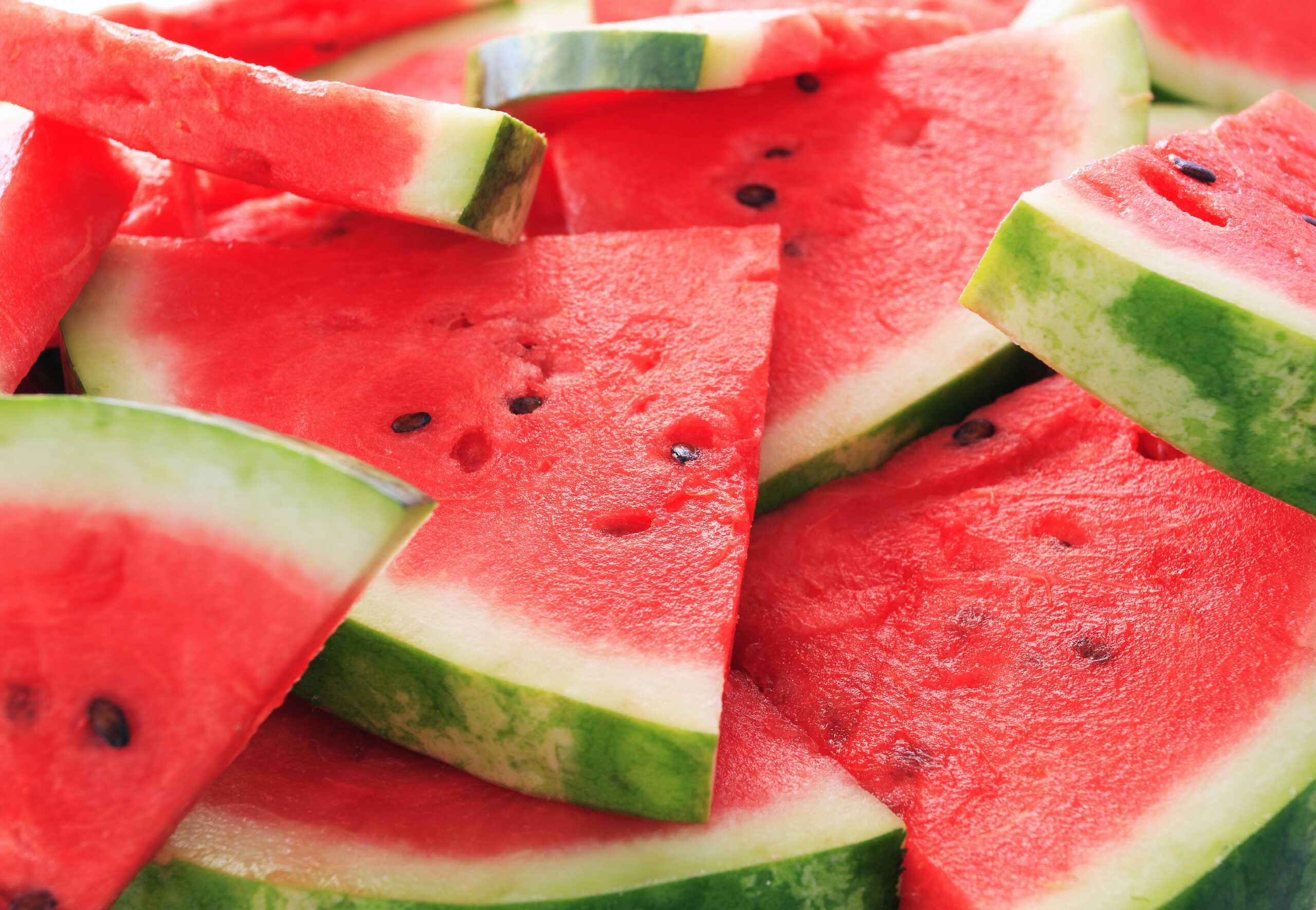
There is some basis for thinking watermelon is an aphrodisiac. It’s a source of citrulline, which has been able to relax and dilate blood vessels in a similar way to Viagra. The bad news is that you can’t eat enough watermelon to get the effect of the little blue pill.
7. Strawberries
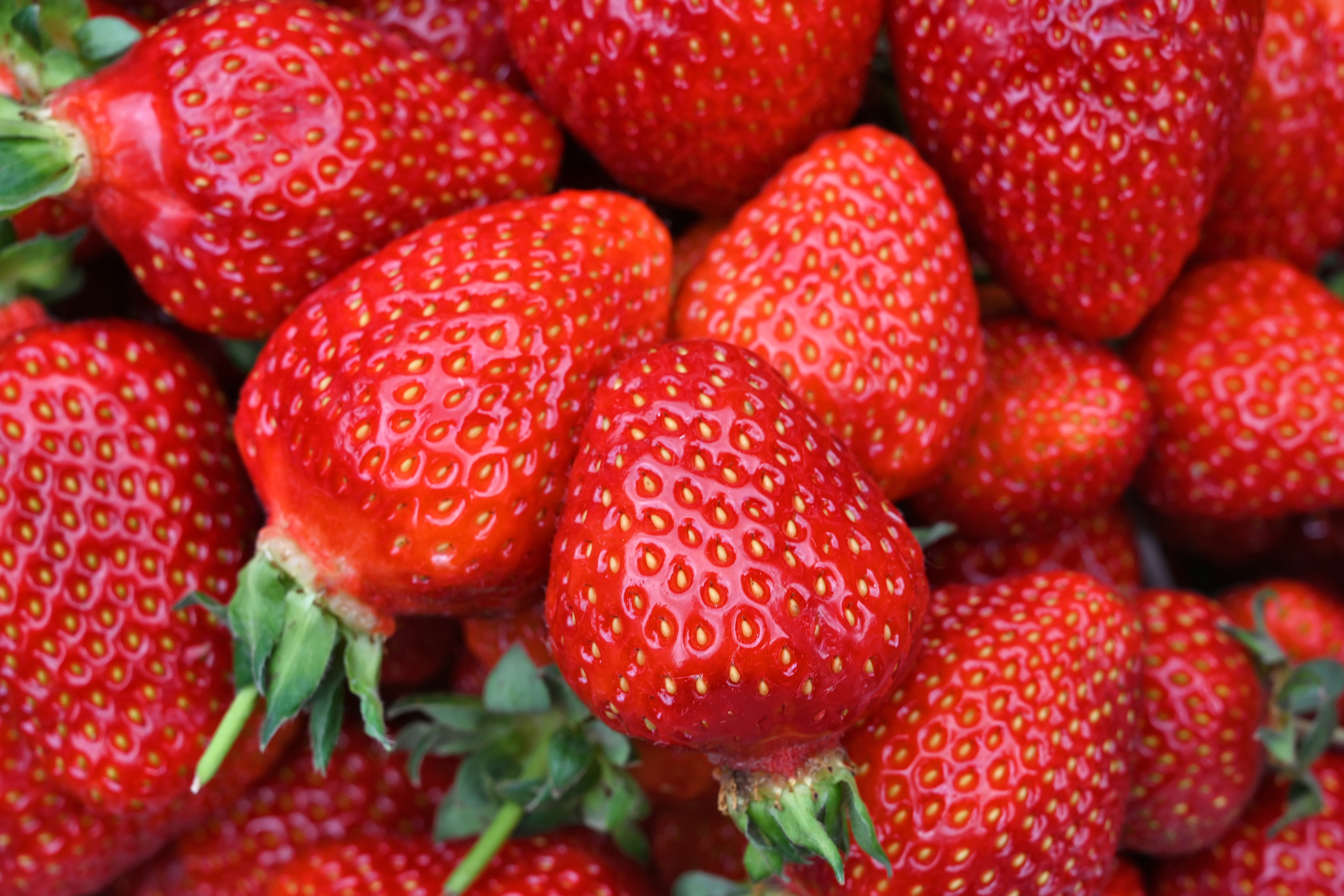
While Romans considered strawberries to be an aphrodisiac because of their heart-like shape, the truth is that all berries — including blueberries, blackberries, and raspberries — are rich in flavonoids. These give berries their color but are also linked to a lower risk of erectile dysfunction.
8. Honey
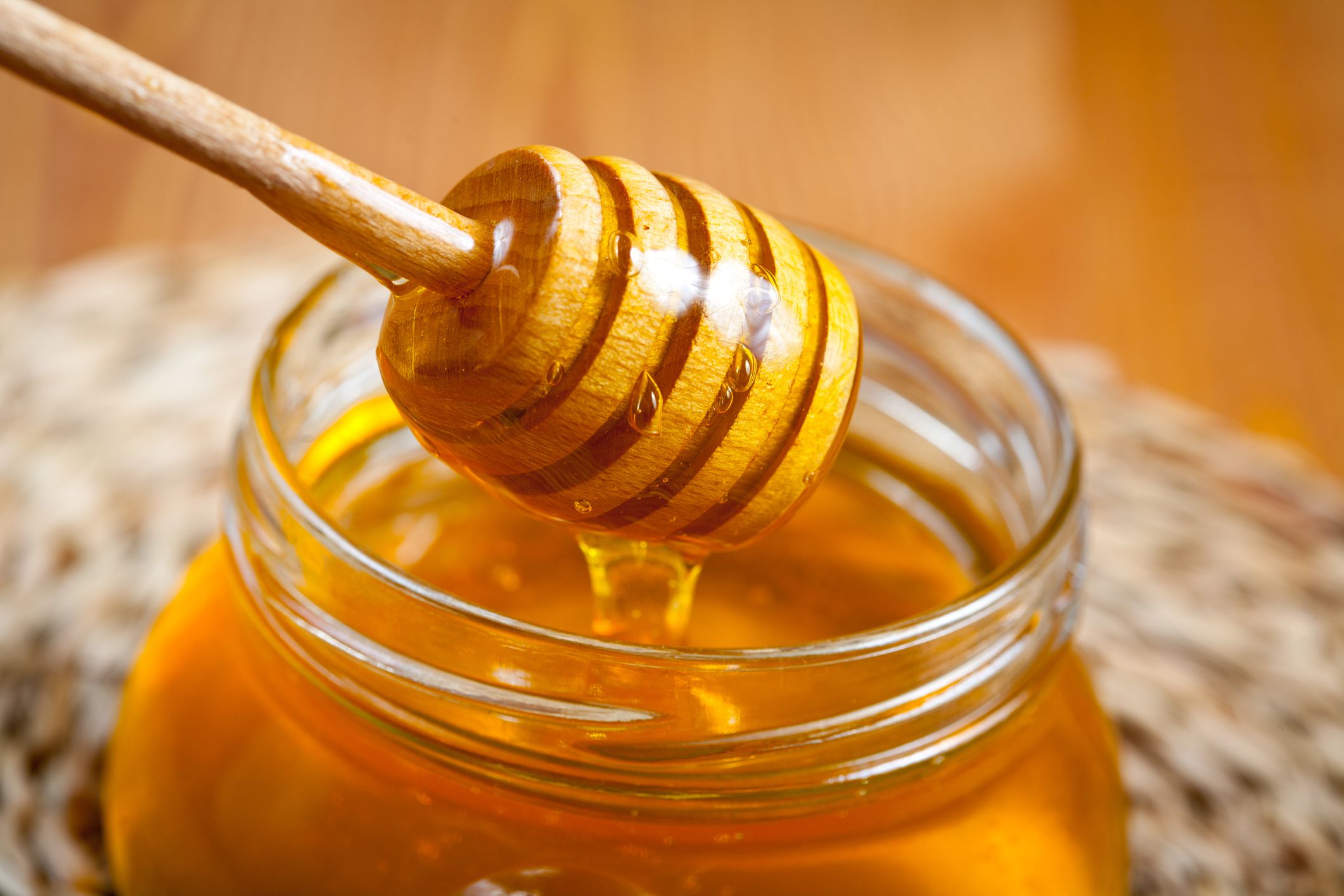
Honey got the stamp of approval in 500 B.C. from Greek philosopher Hippocrates, who prescribed honey to amp up love lives. He may have had a point. Honey is a good source of boron, which regulates estrogen and testosterone levels.
Sign up for our newsletter
9. Figs
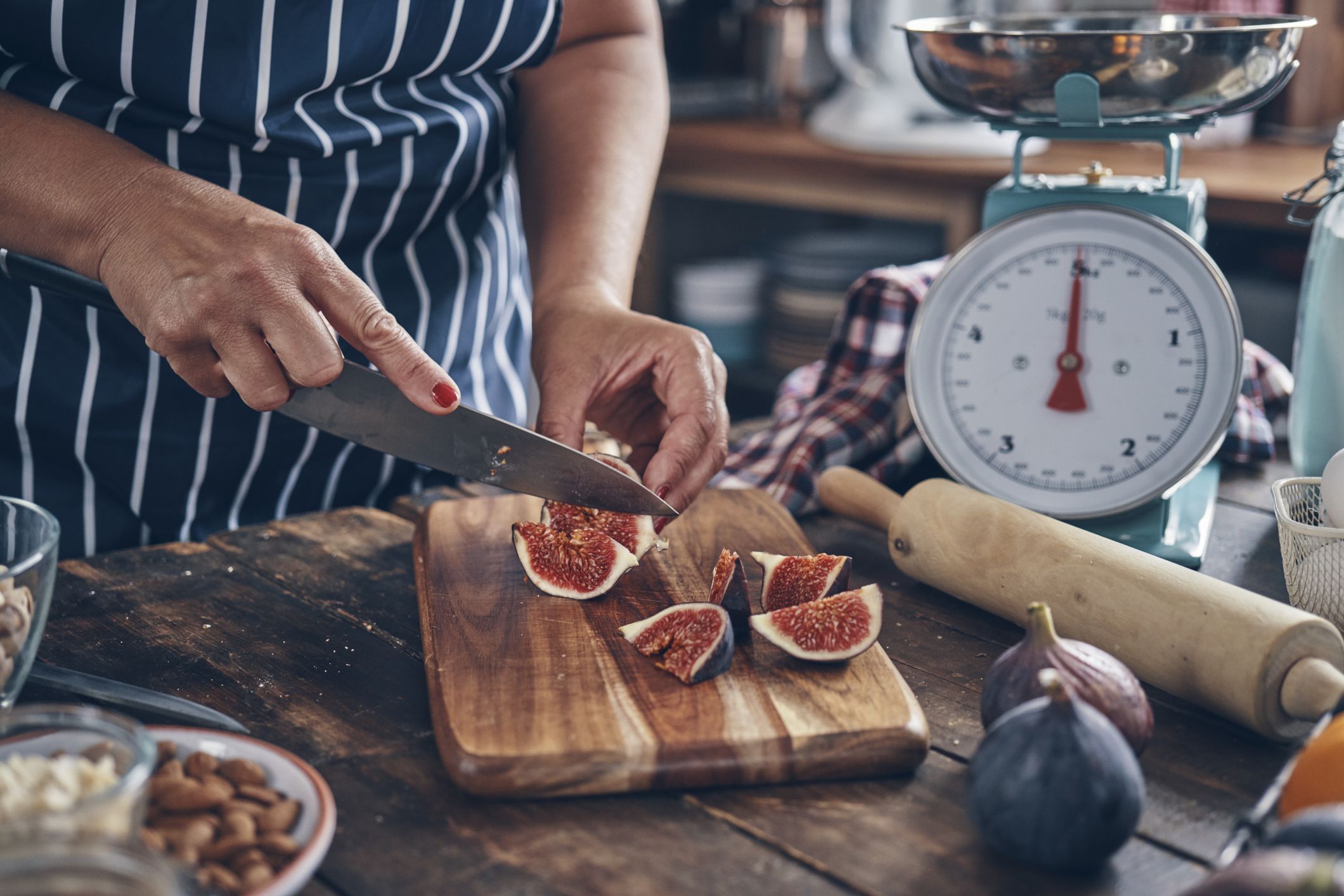
Ancient Greeks (who seemed to think most foods were aphrodisiacs, honestly) gave props to the fig for enhancing fertility. Since the fruit is rich in minerals, notably iron, it’s believed they boost fertility in both men and women.
10. Pistachios
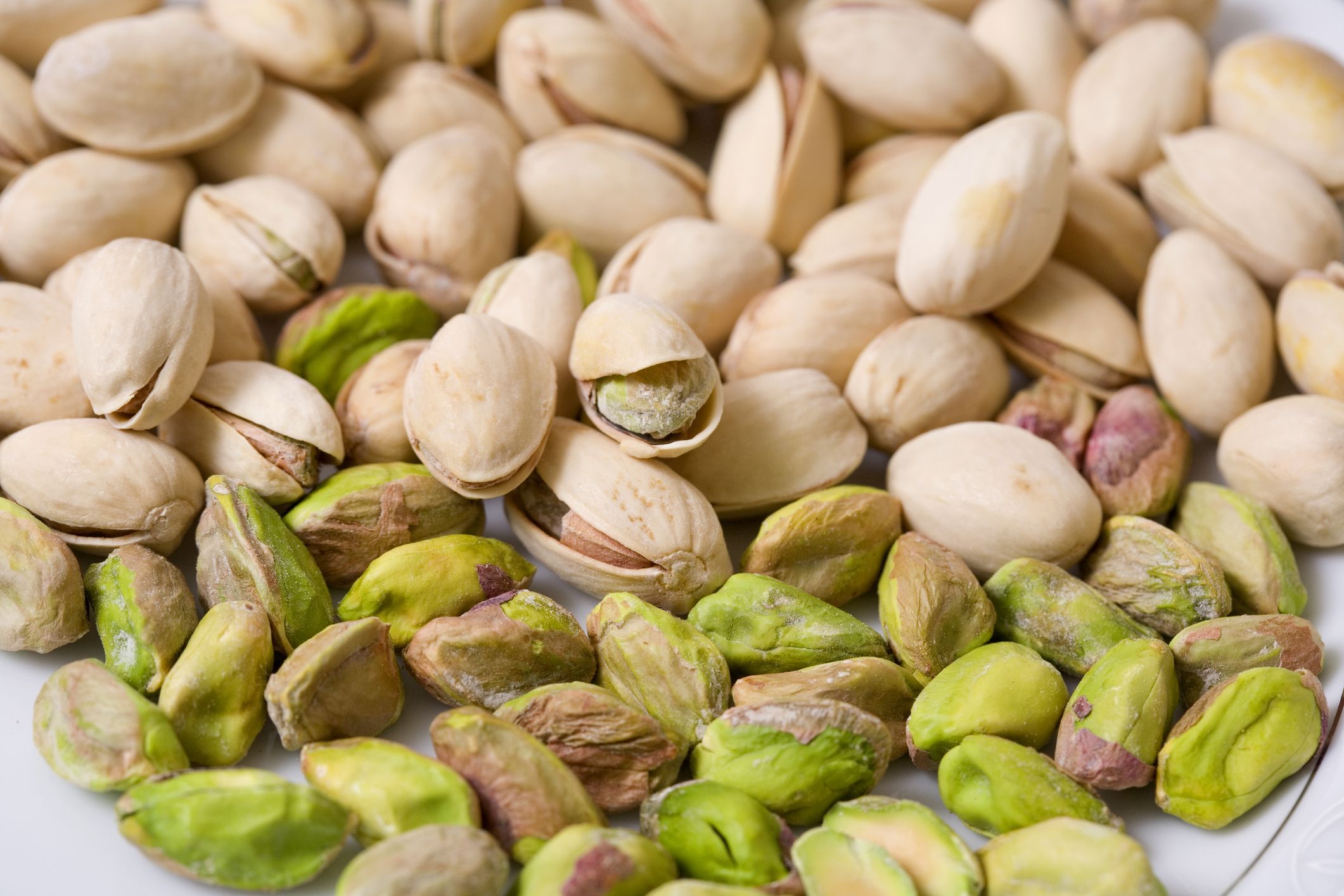
A small study found that pistachios had a positive impact on erectile dysfunction, in part because they lowered cholesterol. But before you gobble down a bowl of pistachios, note that they are calorie-dense and more studies are needed.
11. Saffron
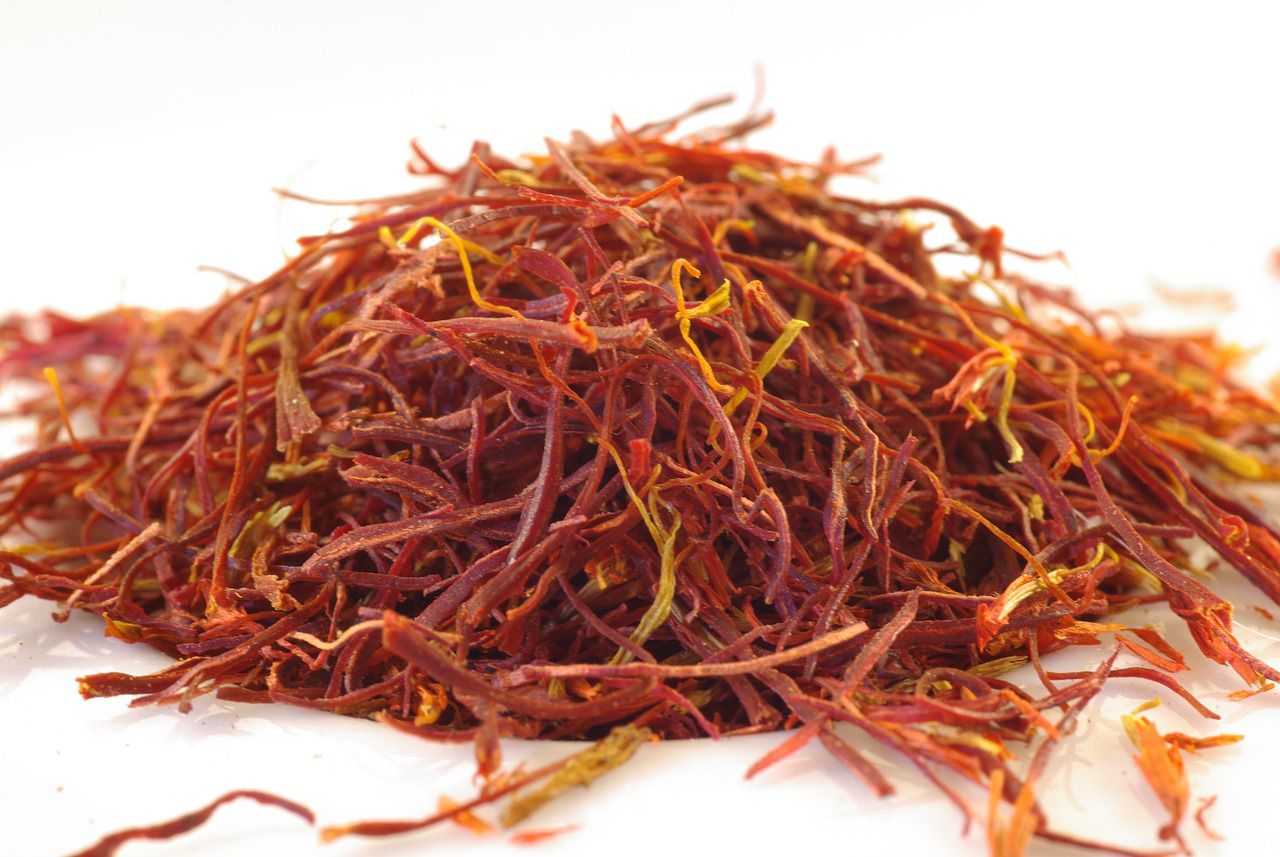
Saffron has been adopted by many cultures through the ages, with ancient Greeks brewing it into love potions, ancient Persians weaving saffron into textiles to toss on wedding beds, and Indians drinking saffron milk every night for the first week of marriage. Turns out, there’s something to it: In one study, saffron was shown to help with sexual dysfunction, though more research is needed.
12. Pomegranates
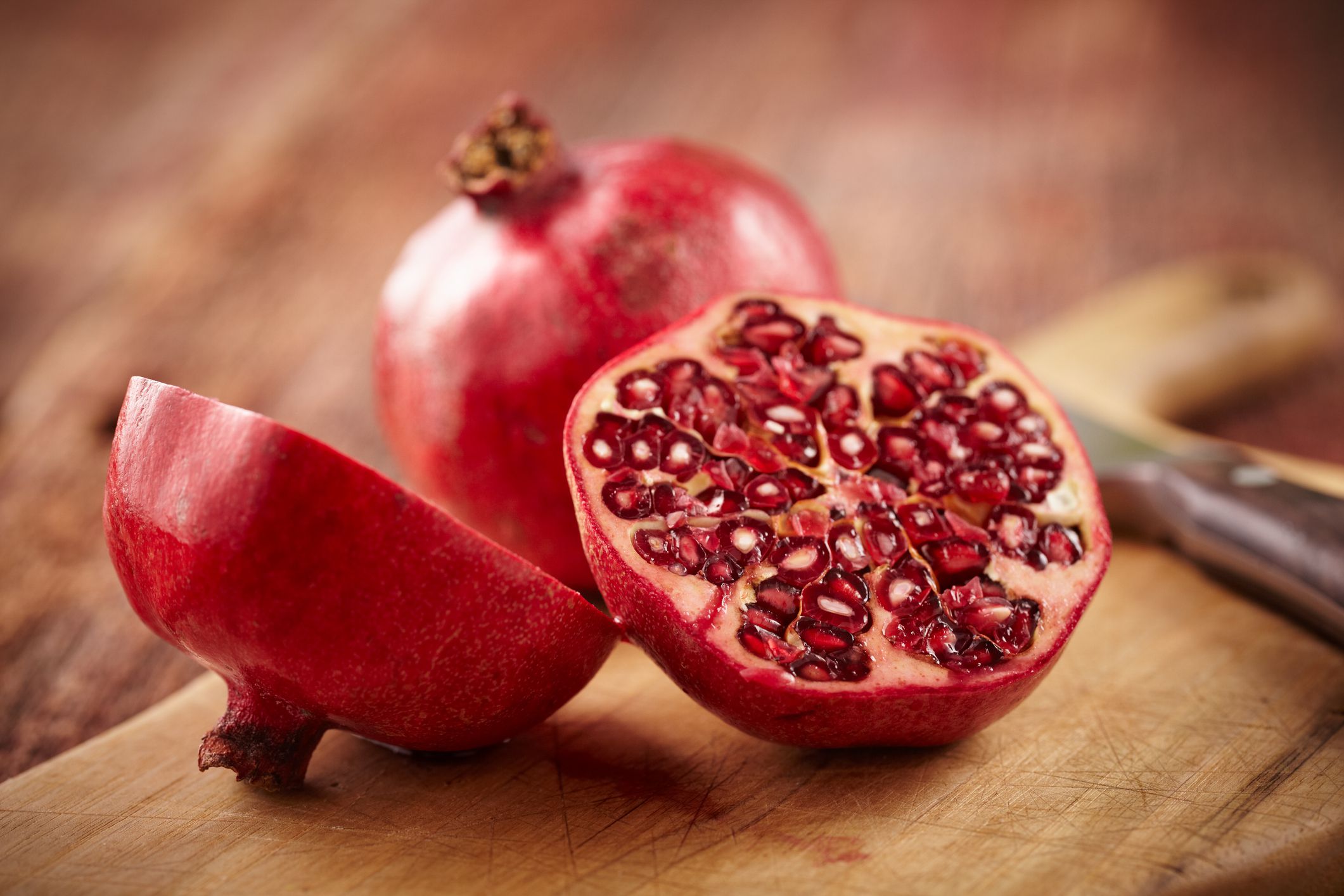
An ancient superfood staple that first grew in Persia and became a symbol of the Jewish New Year, pomegranates are simply good for you. They’re chock full of vitamins, including thiamine, riboflavin, niacin, B5, B6, folate, Vitamin C, dietary fiber, and zinc. Even better, the juice has been found to lower stress levels and boost testosterone.
13. Artichokes
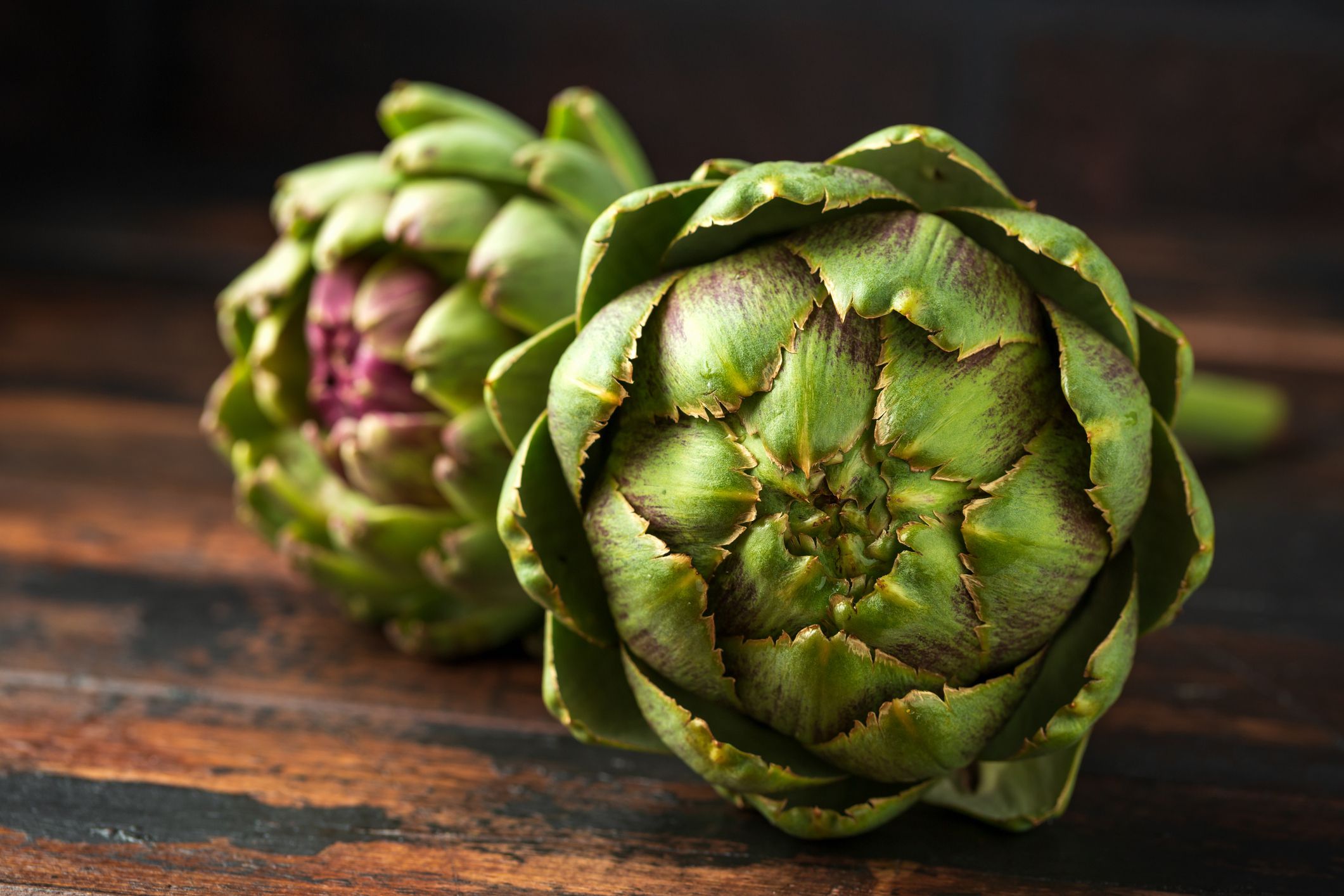
While artichokes can be a pain to eat, they have a long history for getting the party started. In the 16th century, women were banned from eating them since they were considered erotic. Women can eat them now, of course, though their eroticism is debatable.
14. Avocados
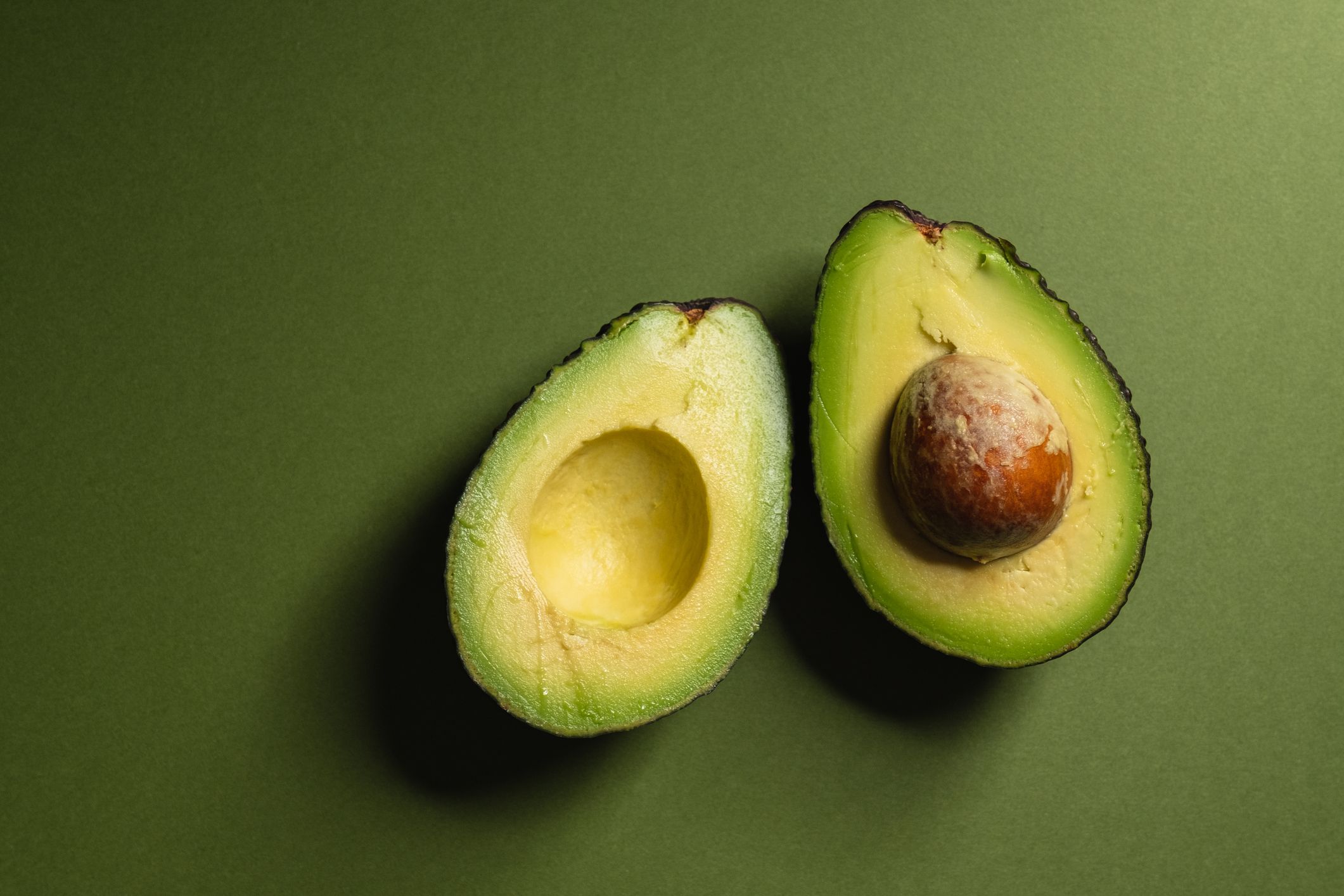
This is another aphrodisiac that’s got a history. Almost 10,000 years ago, Mesoamericans named avocados as a riff on ahuacatl, which translates to a specific male reproductive organ. This is partly because avocados grow in pairs (we’re sure you can guess which organ we’re referring to). Avocados are also considered beneficial for desire because they have high levels of vitamin E, which is good for energy.


